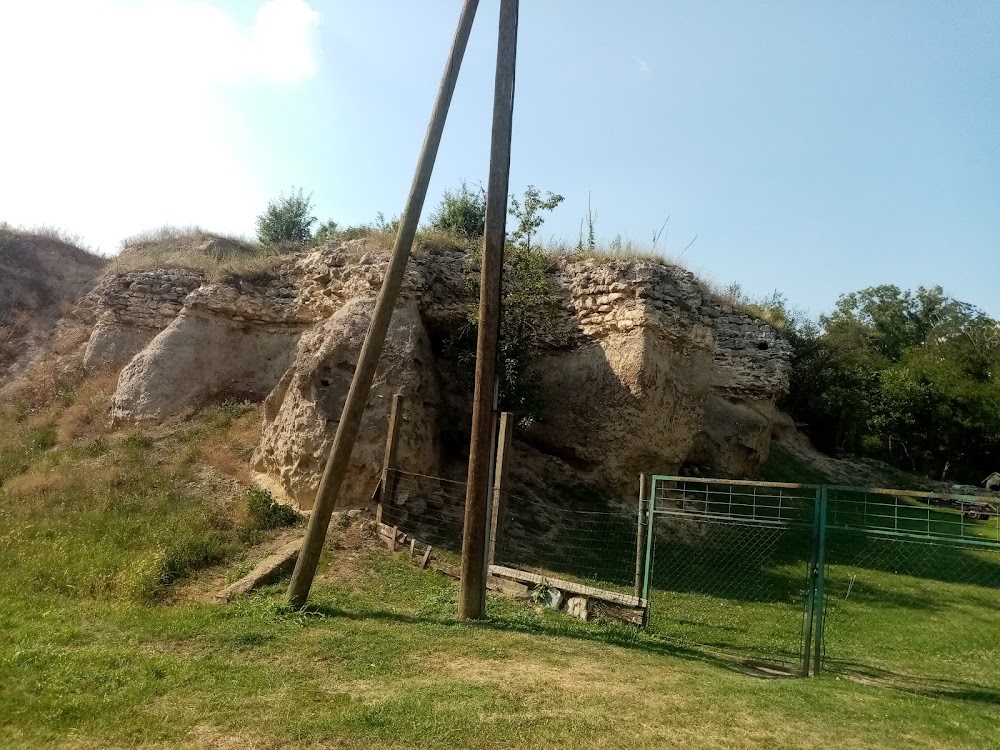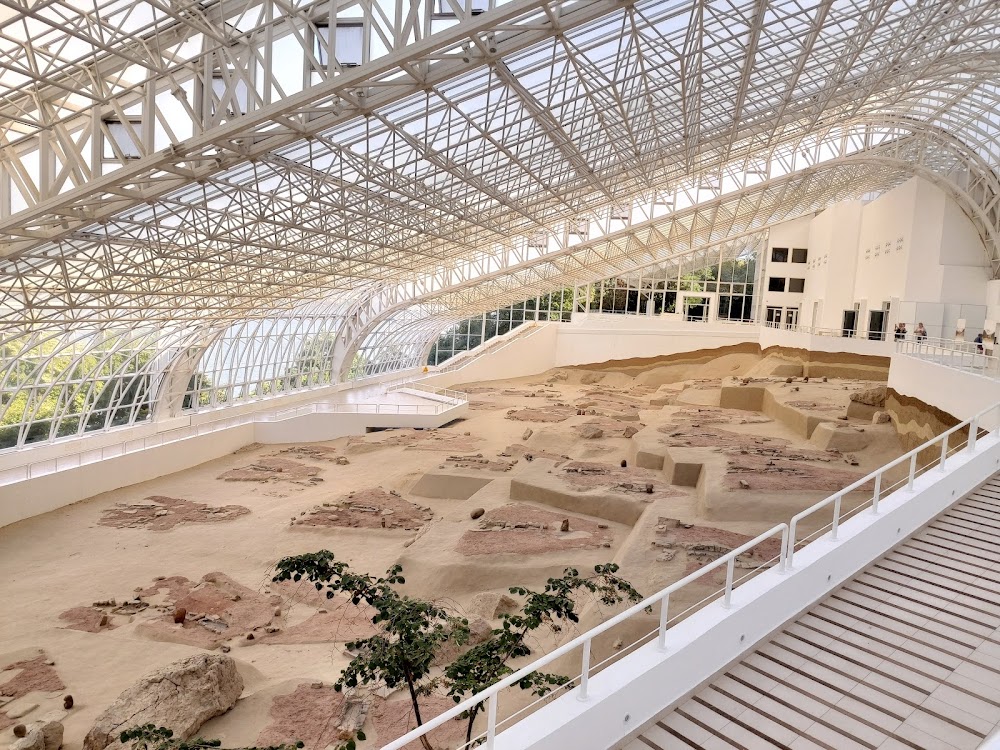Kovin Fortress (Ковинска тврђава)
Related Places
Overview
Situated in the picturesque Podunavlje District of Serbia, Contra Margum, also known as Kovin Fortress, stands as a remarkable testament to ancient architectural ingenuity and military strategy. This fortress has witnessed countless epochs, from the Roman Empire to the Middle Ages, with each layer of stone telling a story of defense, adaptation, and survival.
The origins of Contra Margum date back to the 1st century AD, during the era of the Roman Empire. Strategically constructed on the right bank of the Danube River, it was designed to control river traffic and serve as a bulwark against invasions. The Romans, renowned for their engineering prowess, built the fortress using local materials such as limestone and bricks, ensuring both durability and strategic advantage.
As a vital component of the Limes Moesiae, the Roman frontier fortifications marking the empire's boundary in the Balkans, Contra Margum was not merely a military outpost. It also functioned as a customs post and a bustling trade hub, making it a significant economic center. Roman soldiers stationed there enjoyed various amenities, including baths, temples, and robust structures, all elegantly constructed in traditional Roman style.
The 4th century brought challenges as the Roman Empire faced invasions from groups like the Goths and later the Huns. In response, the fortress underwent extensive fortifications and expansions, with thicker walls, additional towers, and a more complex gate system introduced to enhance security.
With the rise of the Byzantine Empire in the 6th century, Contra Margum continued to thrive under new management. The Byzantines recognized its strategic importance, reinforcing the walls with stronger materials and implementing new construction techniques. This era also saw the integration of early Christian religious structures, blending defensive and spiritual elements in the fortress design.
Throughout the medieval period, Contra Margum faced numerous conflicts, including incursions by the Slavs and the Ottoman Turks. Each occupying power made modifications to the fortress to meet their defensive needs. The Ottomans, in particular, enhanced its architectural complexity with advanced artillery fortifications, reflecting the evolving nature of warfare.
By the 18th and 19th centuries, the fortress began to decline as military technology advanced and static fortifications became less relevant. Contra Margum transitioned from a bustling military and trade center to a symbol of historical heritage. Despite this decline, the ruins of Kovin Fortress continued to captivate historians, archaeologists, and visitors alike.
Today, Contra Margum stands as an enduring symbol of the region’s rich history. Conservation efforts have preserved what remains of the fortress, allowing visitors to walk through the site and glimpse its layered history—Roman inscriptions, Byzantine walls, and Ottoman fortifications coexist, offering a tangible connection to the past.
The stunning surrounding landscape adds to the majestic aura of the fortress. The Danube River, once a vital artery for trade and military movement, now flows peacefully past the ancient stones, whispering tales of empires long gone. Local legends and folklore further enrich the site, making any visit to Contra Margum not just a journey through history but also a deep dive into the cultural fabric of the region.
In conclusion, Contra Margum, or Kovin Fortress, in the Podunavlje District of Serbia, is more than just an ancient structure. It is a narrative etched in stone—a testament to human resilience, architectural brilliance, and the relentless march of history. Its weathered walls stand as silent sentinels of a bygone era, inviting all who visit to step back in time and marvel at the ingenuity and fortitude of those who built and defended it.






